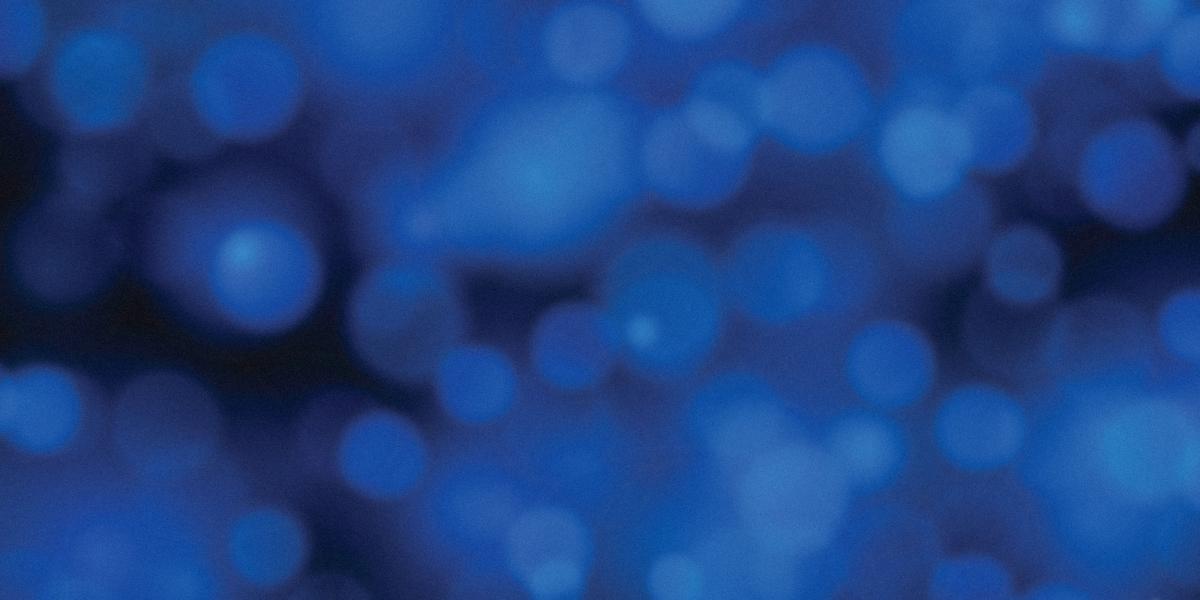Needle-Free Measles Vaccine
Vaccines are a key way to reduce childhood mortality. But getting vaccines to those who need them, especially in countries with limited resources, continues to pose a public health challenge. A new method of delivery could hold a solution: Bloomberg School researchers have conducted the first successful test of a dry powder measles vaccine.
While such systems are used to administer medications and antivirals, there are currently no dry powder vaccines in use. Their employment for vaccines could mark a sea change in how other childhood vaccines—such as mumps and rubella—are delivered.
“It’s a single dose, and the dry powder is quite stable. This would just make delivering vaccines much easier—for both regular immunizations and mass campaigns,” says Diane E. Griffin, MD, PhD, one of the researchers who led the recent test.
Measles is a live virus vaccine—it must be active when administered. “Once it’s reconstituted it loses potency very quickly; it has to be kept cold, on ice. And you have to throw it out at the end of the day, so there’s a certain amount of wastage that occurs,” explains Griffin.
The current liquid form of the vaccine poses further problems during delivery—injections require a trained health worker and there are many well-documented problems involving safe use of needles and syringes, particularly in developing countries with limited health resources. “All of these things are hindrances to getting the kind of coverage with measles vaccines that you need. It isn’t that you can’t, but in developing countries it’s a problem.”
Though the prevalence of measles has decreased, it continues to be one of the top 10 causes of childhood mortality worldwide. Vaccination is the most effective means of preventing measles. Recent measles outbreaks in sub-Saharan Africa indicate that maintaining immunization levels is still a battle in the developing world.
Griffin and researchers tested the dry powder vaccine on rhesus macaques using two types of inhaler models with masks.
The formulation of the live vaccine is the same as with the liquid version—what is new is the size of the particles. The dry powder tested by Griffin and colleagues was developed by Aktiv-Dry, a Colorado company specializing in stable dry powder formulations. “The trick with dry vaccines is that they need to be fine enough to get deep into the lung—not get stuck up in the nose, mouth and throat,” says Griffin. Aktiv-Dry received funding from a 2005 Grand Challenge grant from the Gates Foundation to develop the dry powder vaccine.
Perhaps most promising, in the initial trial the dry powder vaccine appeared to be more effective in producing antibodies than the injected version. “Measles is usually spread by the respiratory route, and the idea is perhaps you would induce a better, or a more natural, immune response,” says Griffin.
She notes that further testing is required to demonstrate whether the increased antibody response is the result of increased efficacy or simply higher concentrations of the vaccine due to the different delivery method. The vaccine will now undergo clinical trials in India, where it is manufactured.
